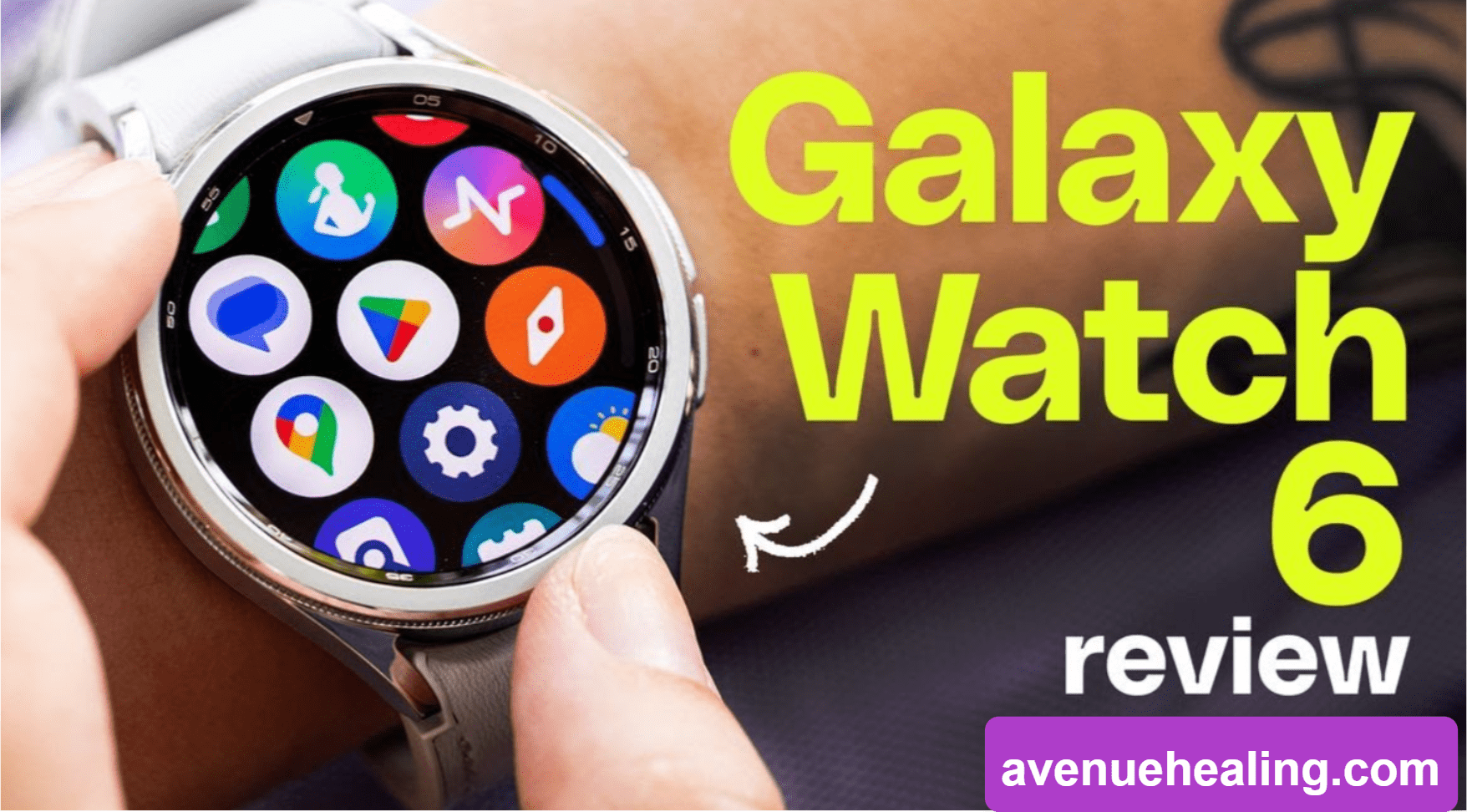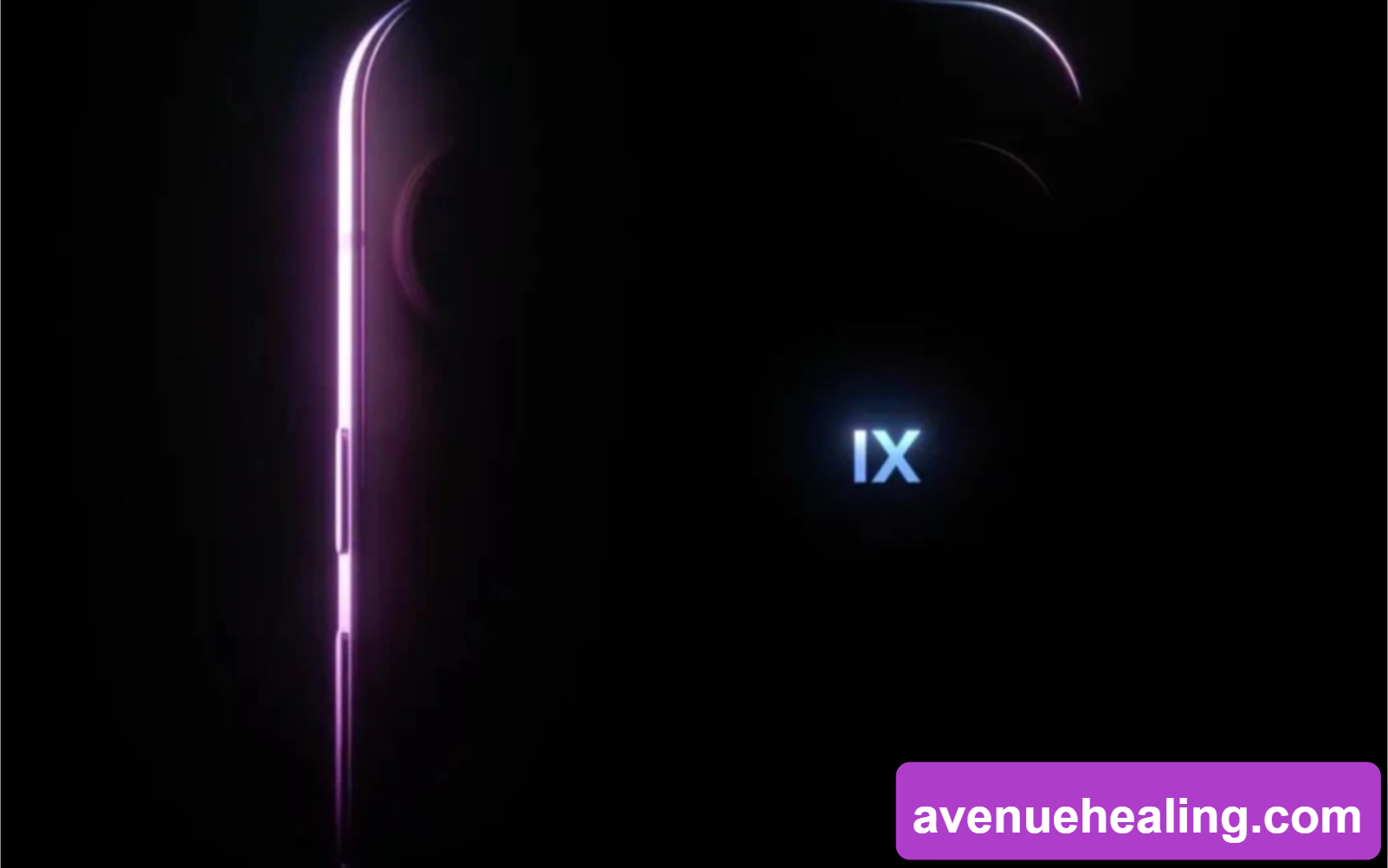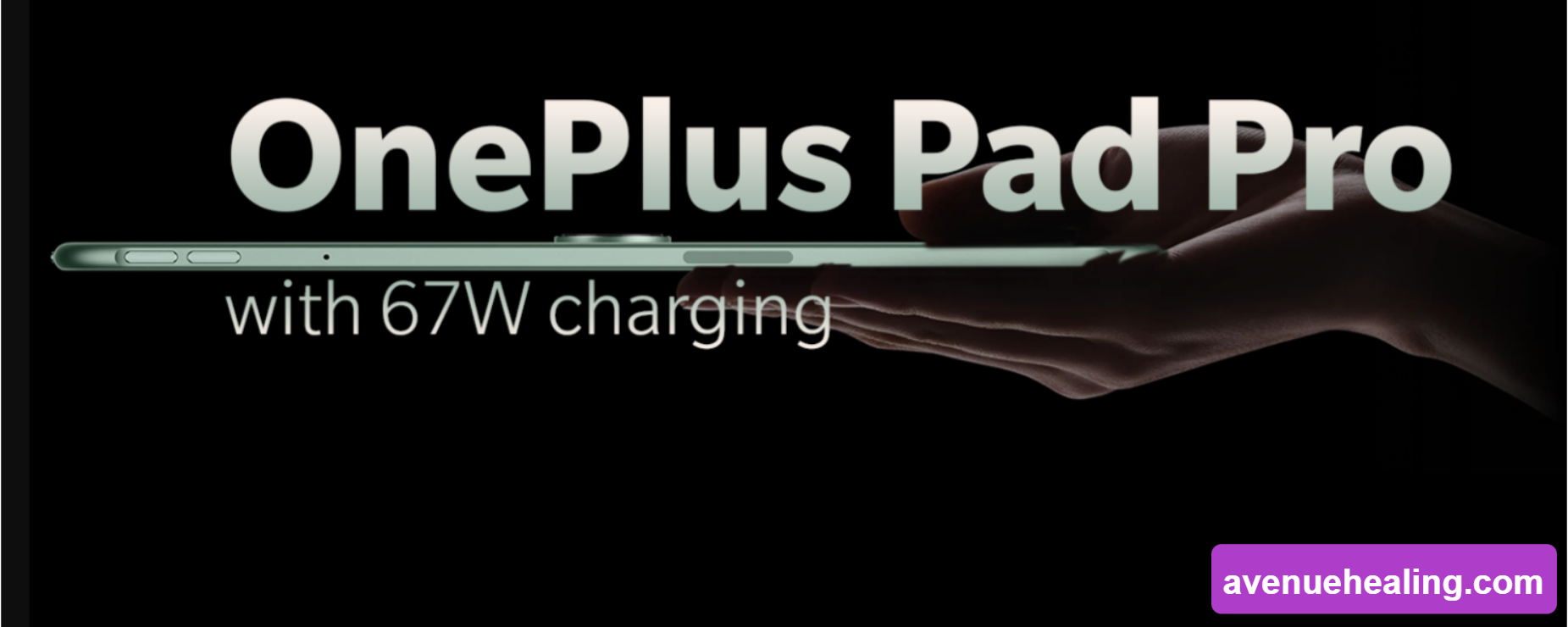
Samsung concluded the summer of 2023 with the debut of its latest smartwatch series, the Samsung Galaxy Watch 6. This dual offering reintroduced the Classic model, notable for its rotating bezel absent in the Watch 5 series, alongside a standard base model. The latter, with its sportier design, closely mirrors the Galaxy Watch 6 Classic and bears striking similarities to the earlier Galaxy Watch 5.
Upon testing the Galaxy Watch 6, my initial impression was its striking familiarity. The device boasts a vibrant Super AMOLED display with a flat sapphire crystal. The 40mm model features a 1.3-inch screen with a resolution of 432×432 pixels, while the 44mm variant offers a 1.5-inch display at 480×480 pixels. This translates to approximately a 20% increase in screen size, facilitated by slimmer bezels. Furthermore, the screen now delivers double the peak brightness of its predecessor, escalating from 1,000 to 2,000 nits.
The Galaxy Watch 6 closely resembles its counterpart, the Galaxy Watch 6 Classic, except for the absence of the rotating bezel found on the latter. On its rear, the watch integrates a standard array of health and fitness sensors. It introduces a quick-release button mechanism for effortlessly swapping bands. Beneath its glass surface, the watch operates on Google’s Wear OS 4 platform with a One UI Watch 5 overlay. In my experience, performance is smooth, responsive, and modern. Apps load swiftly, and the display clarity is exceptional. Based on past trends, I anticipate Samsung will eventually update these devices to the new Wear OS 5 software.
Considering your next Samsung Galaxy device?
Reserve now to receive $50 Samsung Credit, up to $1,500 off with pre-order, and a chance to win $5,000! No obligation to purchase; secure your savings today.
Promoted
A notable aspect affecting user interaction is the touch-enabled bezel. Its functionality ranges from unreliable in optimal conditions to practically useless in situations involving moisture or grease. I found myself resorting primarily to swiping gestures for navigation, which were also not without their flaws. This issue isn’t novel to the Galaxy Watch series; similar challenges were noted with the Galaxy Watch 5 and previous models lacking a physical rotating crown. It raises questions about why touchscreen responsiveness hasn’t seen more improvement, making the sportier model less appealing compared to its Classic counterpart.
A Samsung Galaxy Watch 6 displayed face down showcasing its array of sensors.
Given its athletic design, potential users eyeing the standard model are likely interested in its fitness tracking capabilities. Samsung covers all the essentials such as activity and step tracking. It includes a dedicated running mode that logs GPS data for outdoor runs. Additionally, the watch automatically identifies and establishes personalized heart rate zones (after a 10-minute run) to assist users in monitoring performance and maintaining training targets. I find these features extremely beneficial for gauging effort levels during interval training.
For cyclists, Samsung has reintroduced automatic cycling detection, which stands out for its accuracy across various workout types. Whether running or walking, the watch accurately tracks distances covered, ensuring every effort is duly recorded.
Alternatives to Samsung Galaxy Watch 6
Samsung positions its Galaxy Watch 6 in the midrange segment of the wearables market, offering competitive alternatives from leading brands. Here are some noteworthy options to consider before making your purchase decision:
- Samsung Galaxy Watch 6 Classic ($429 at Amazon): The Galaxy Watch 6 series, including the Classic model, shares core specifications like the Exynos W930 SoC, 2GB RAM, and 16GB storage. With its rotating bezel, the Classic model enhances usability and aesthetics, making it ideal for those seeking a premium smartwatch experience.
- Apple Watch Series 9 ($392.67 at Amazon): Designed for iOS users, the Apple Watch Series 9 excels with seamless integration, precise sensors, and extensive app support. It remains the top choice for iPhone users looking for comprehensive smartwatch functionality.
- TicWatch Pro 5 Enduro ($349.99 at Amazon): Mobvoi’s TicWatch Pro 5 Enduro competes as a strong Wear OS alternative, featuring a rotating digital crown, impressive battery life, and a dual display. While it shares a physical bezel similar to the Classic model, it focuses more on endurance than luxury features.
- Garmin Venu 3 ($449.99 at Amazon): Positioned slightly higher in price than the Galaxy Watch 6, Garmin’s Venu 3 offers robust fitness tracking capabilities and smart features. It provides excellent tools for training, although it may have fewer third-party app options compared to Wear OS devices.
- Garmin Forerunner 265 ($449.99 at Garmin): Catering to users prioritizing accuracy in health metrics, the Garmin Forerunner 265 excels in heart rate monitoring and GPS accuracy. Its AMOLED display enhances visibility during workouts, appealing to fitness enthusiasts who value performance over smartwatch versatility.
These alternatives offer diverse features and price points, catering to different user preferences ranging from enhanced smart features to specialized fitness tracking capabilities.




